PROTECT YOUR DNA WITH QUANTUM TECHNOLOGY
Orgo-Life the new way to the future Advertising by AdpathwayPresident Donald Trump’s departure from the White House marks a significant moment in his administration’s ongoing diplomatic efforts. As he embarked on his first overseas trip of the current term just before midnight Friday, the atmosphere was charged with urgency. The government shutdown at home, now into its fourth week, underscores the stakes involved—thousands of workers remain without pay, raising questions about the timing of his mission.
“We’re going to make some very important things happen,” Trump stated, reflecting a determined mindset as he headed off to Asia. His supporters echoed this sentiment, expressing pride in his role on the global stage. This trip is not merely a travel agenda; it is a calculated strategic maneuver aimed at addressing critical international issues—trade disputes, regional security, and diplomatic relations.
Tensions With China Reaching Critical Point
Central to this trip is the pressing need to ease escalating tensions between the U.S. and China. The prospect of tariffs on over $300 billion in Chinese goods nearly tripling by November 1 looms large over their planned discussions. Trump highlighted the necessity of dialogue, indicating, “We have a lot to talk about with President Xi.” The stakes are high, as financial pressures on American farmers, particularly in the Midwest, have intensified due to China’s retaliatory measures.
Since the initiation of the trade conflict in 2018, soybean exports to China have plummeted by nearly 70%. Trump’s meeting with Xi represents a critical opportunity to negotiate not just trade tariffs but also address broader concerns, including drug trafficking. This direct engagement may hold the key to reshaping U.S.-China relations, which have become increasingly strained.
Looking for Stability in Southeast Asia
Trump’s trip includes an essential stop at the ASEAN summit in Malaysia, where he aims to address regional conflicts, specifically tensions between Thailand and Cambodia. With thousands displaced and trade disrupted, the urgency for a resolution is palpable. Trump has noted that he feels a personal obligation to visit Malaysia, emphasizing the importance of regional stability for mutual economic interests.
Malaysia’s role as a mediator highlights the complexities of balancing relations between the U.S. and China, as nations within ASEAN are pressured to select sides in a heated competition for influence. Trump’s focus on trade, lower tariffs, and investment opportunities demonstrates an intent to secure America’s position in this critical region.
Japan Welcomes High-Level U.S. Visit
In Tokyo, Trump will meet with Japan’s new Prime Minister, a key ally whose leadership is essential for furthering U.S.-Japan relations. The anticipated discussions may involve military cooperation, particularly in light of Japan’s evolving defense posture. Trade negotiations also feature prominently, with the possibility of removing tariffs on Japanese cars in exchange for commitments on American agricultural exports.
This meeting could reinvigorate stalled conversations regarding trade terms and military collaboration, crucial elements in enhancing the U.S.-Japan partnership. Establishing strong ties with Japan can not only address economic issues but also bolster security in the region.
South Korea: The Diplomatic Pressure Cooker
As the trip continues, discussions in South Korea with President Lee Jae Myung promise to focus on economic development and regional strategies. Although there are no formal meetings planned with North Korea’s Kim Jong Un, Trump remains open to dialogue. “I’m open to it,” he remarked, indicating a persistent willingness to engage in denuclearization discussions.
This flexibility places Trump back in the spotlight of Korean Peninsula diplomacy, a role he first occupied during his previous term. The potential for spontaneous engagement with North Korea adds an unpredictable element to this diplomatic mission.
Seeking Global Results While Facing Domestic Critics
Trump’s international journey unfolds against the backdrop of a significant domestic crisis. Critics, including Senate Democratic Leader Chuck Schumer, have pointed to the ongoing government shutdown as a distraction from pressing national priorities. Despite these domestic challenges, defenders of Trump’s strategy argue for the importance of strengthening economic ties and global leadership.
The ramifications of this trip extend beyond immediate concerns. A favorable outcome with China could stabilize financial markets that have been rattled by uncertainty. Reports from organizations like the Institute for Supply Management indicate that new export orders are at a four-month low, reflecting the caution among businesses navigating the current trade environment.
Other Meetings and Agendas
Moreover, while not officially confirmed, there are indications Trump may meet with Brazil’s President Luiz Inácio Lula da Silva to discuss a range of mutual concerns, including military and drug trafficking issues. The expected dialogue could touch on contentious topics like tariff relief, reflecting the intricate web of international negotiations during this trip.
Trump has also signaled intent to address human rights issues, such as the situation regarding Hong Kong publisher Jimmy Lai, demonstrating a commitment to broader global concerns beyond mere economic interests.
In summary, Trump’s diplomatic journey is a blend of strategic negotiation, economic strategy, and international diplomacy. His late-night takeoff aboard Air Force One symbolizes not only a personal commitment to impactful engagement abroad but also reflects a bold strategy to navigate both global challenges and domestic scrutiny.
"*" indicates required fields


 4 hours ago
2
4 hours ago
2

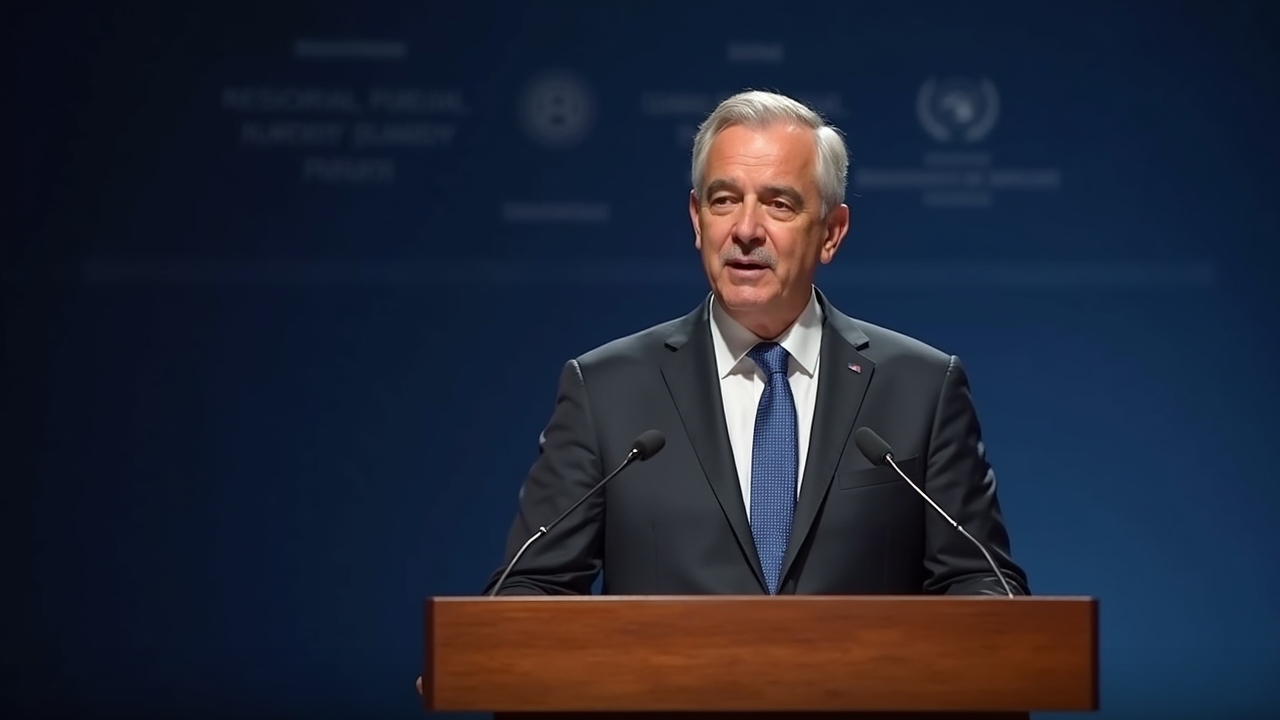
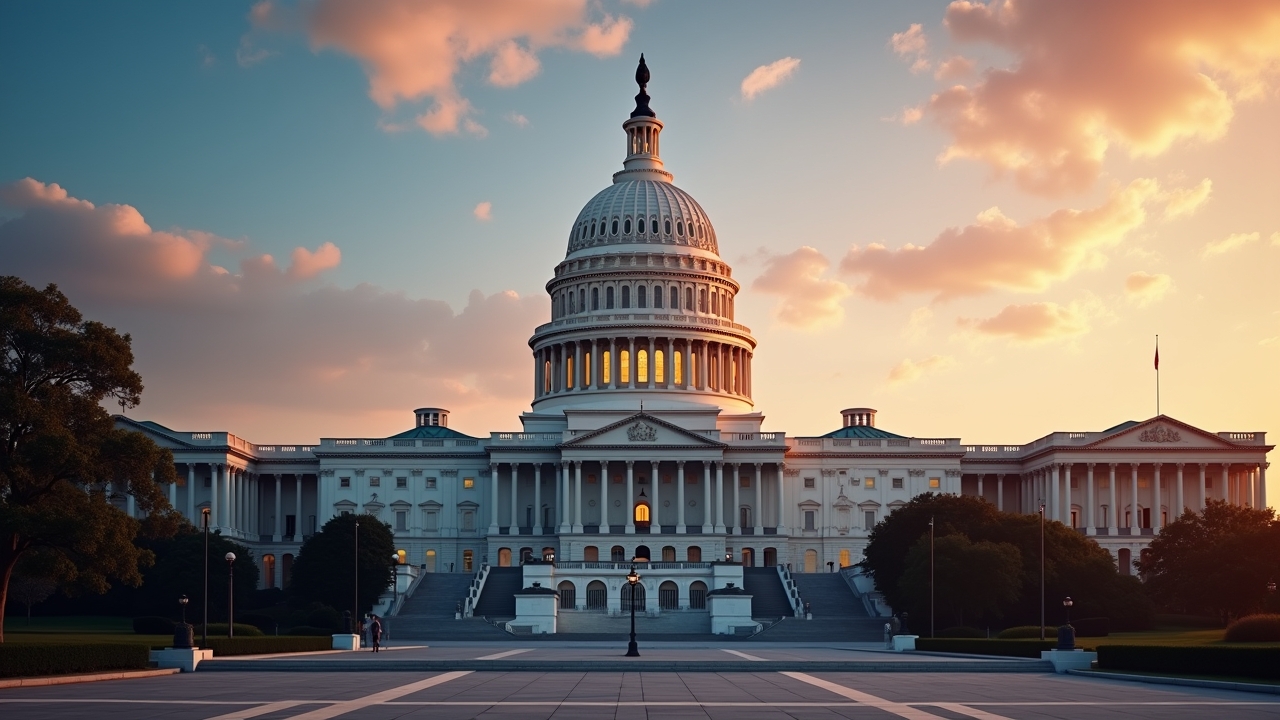
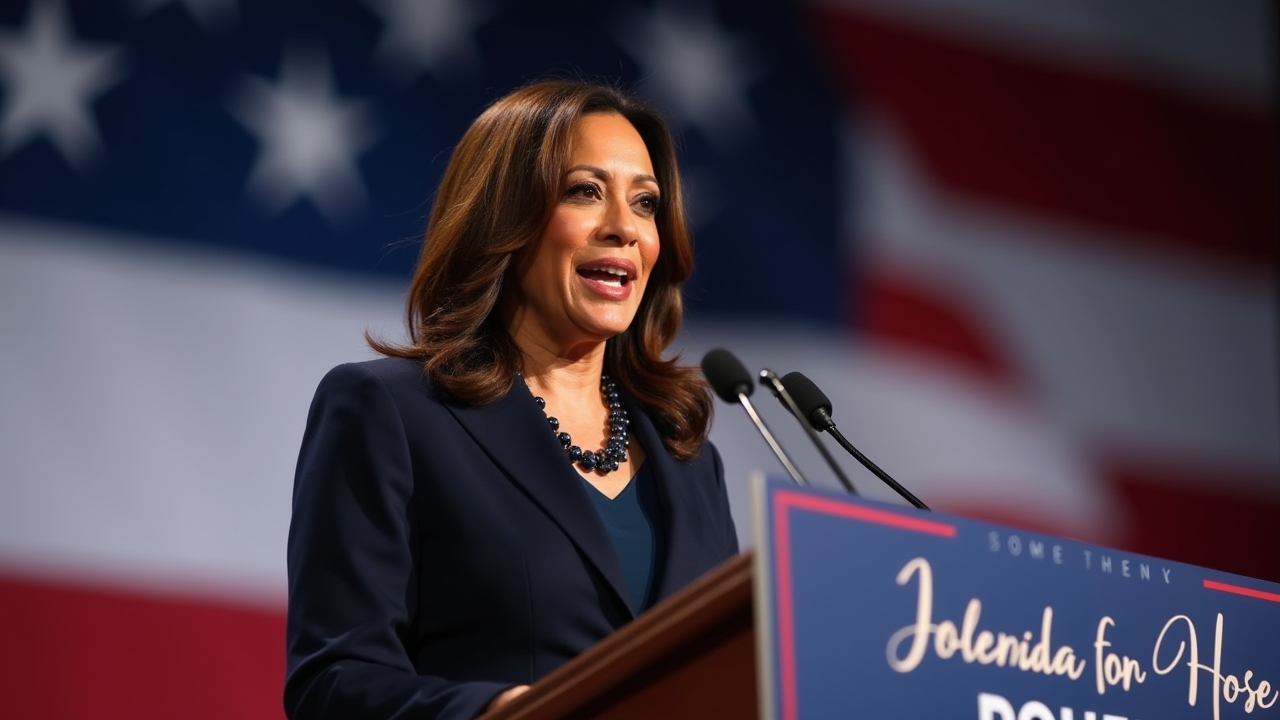

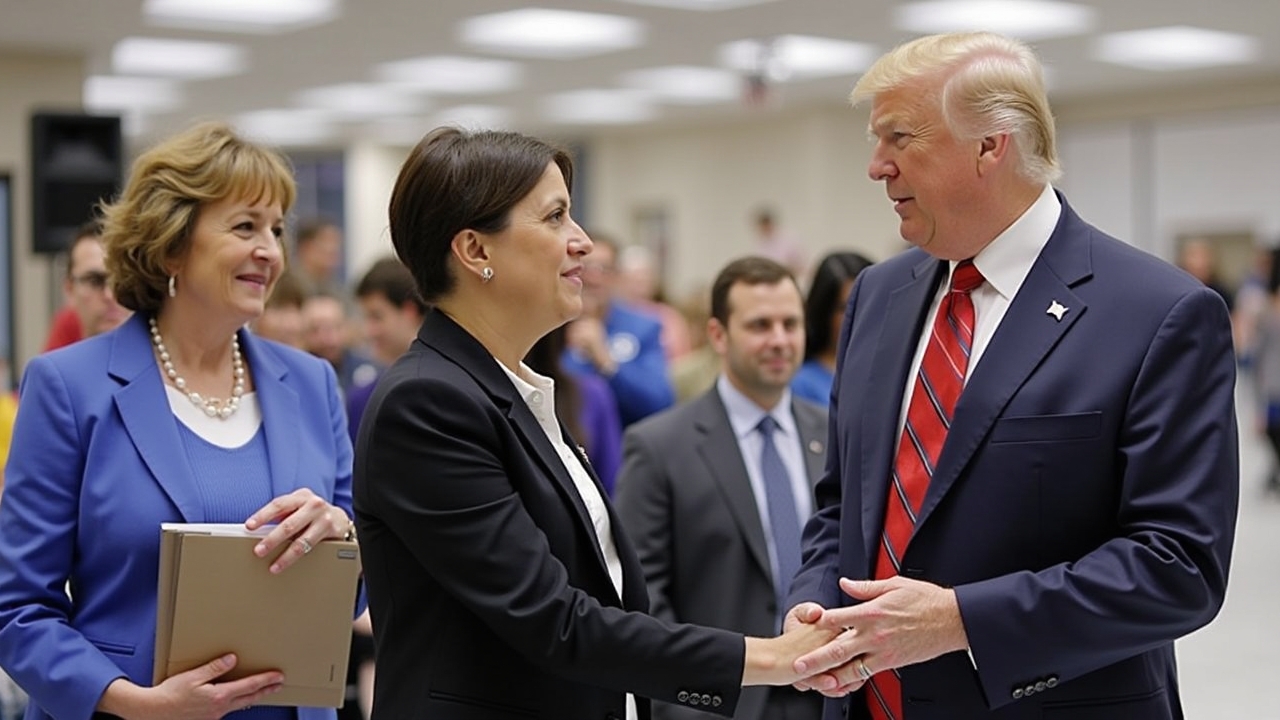

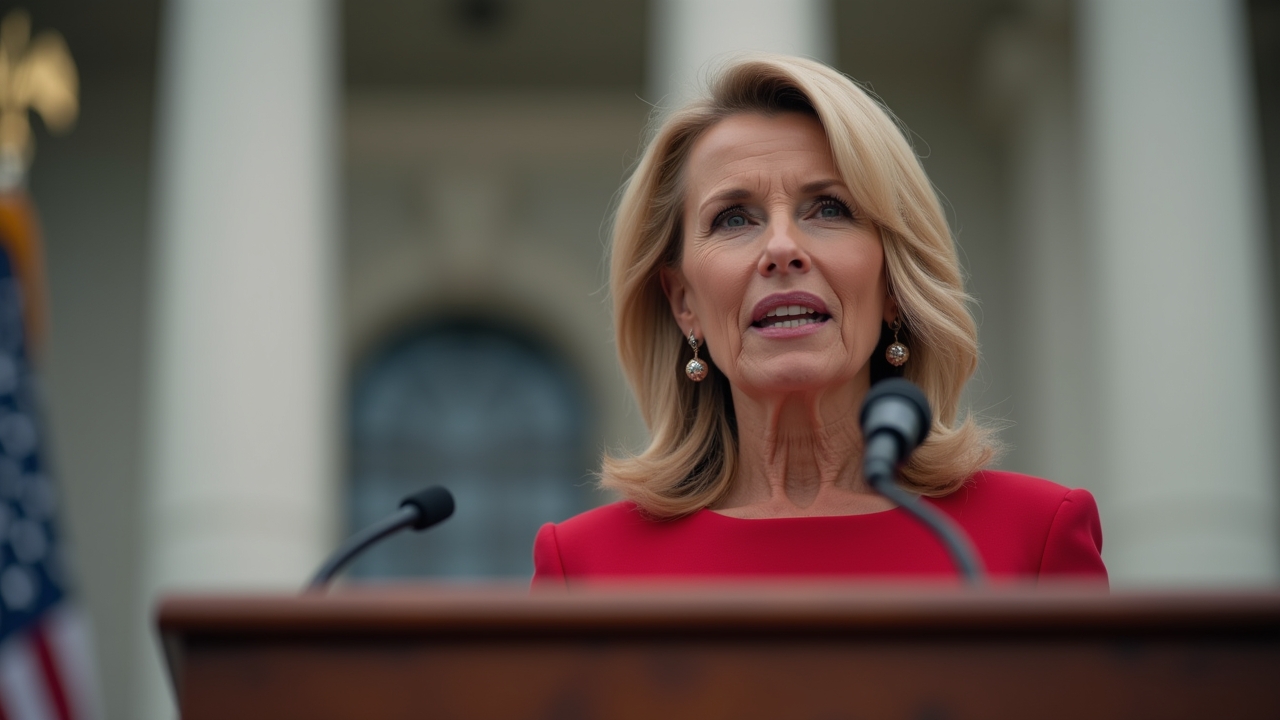

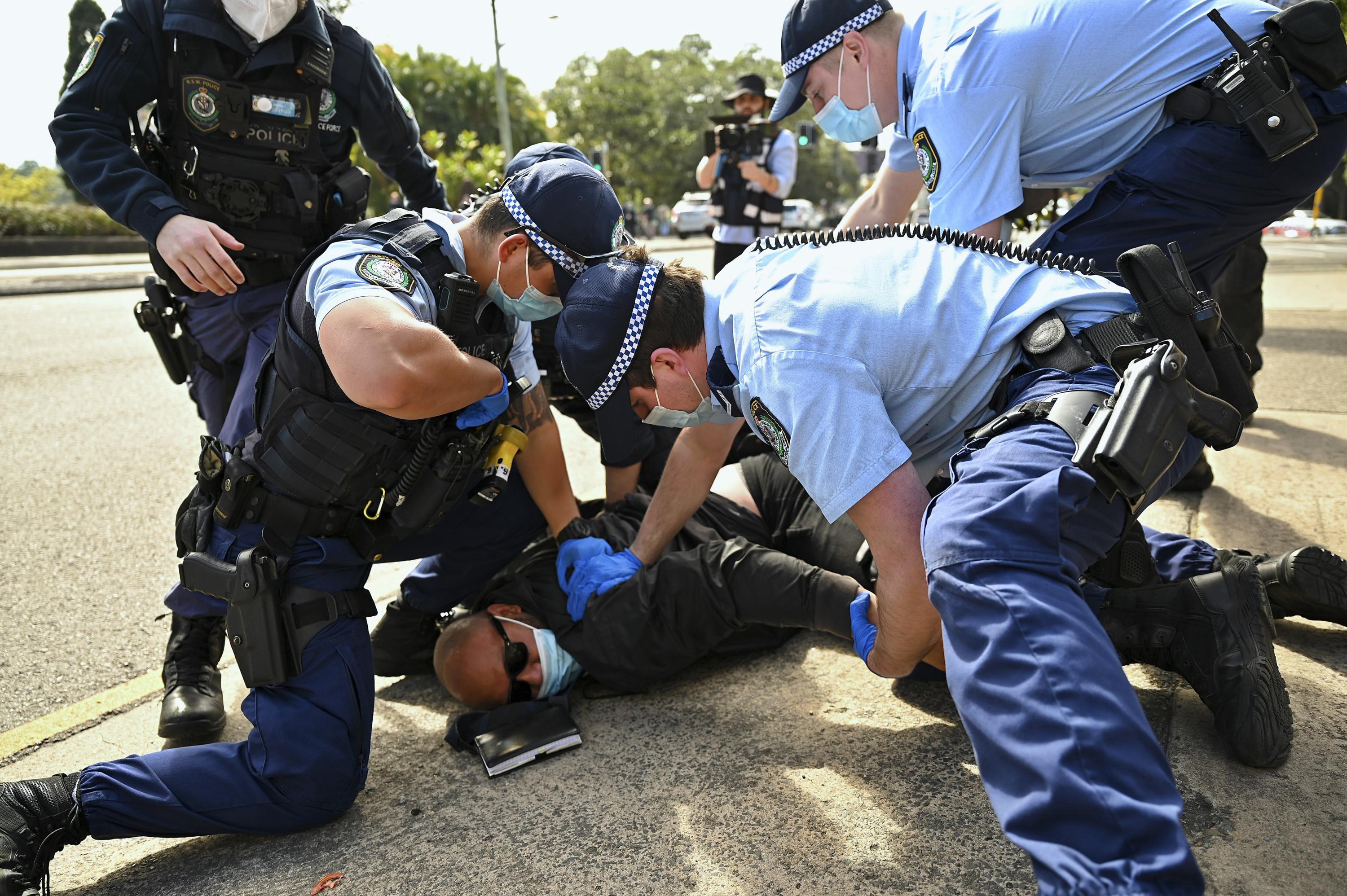




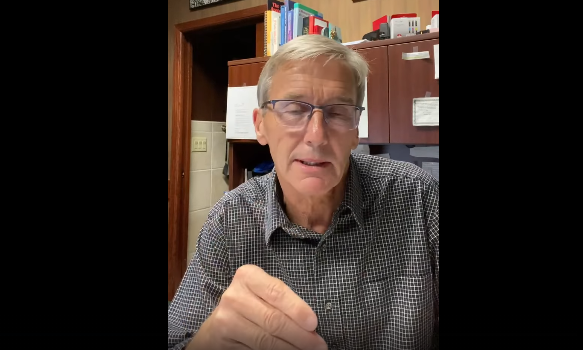
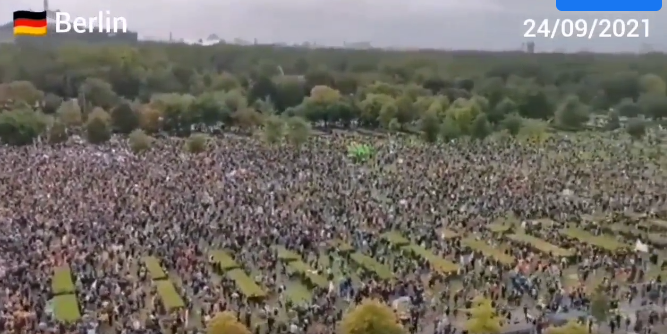


.jpg)



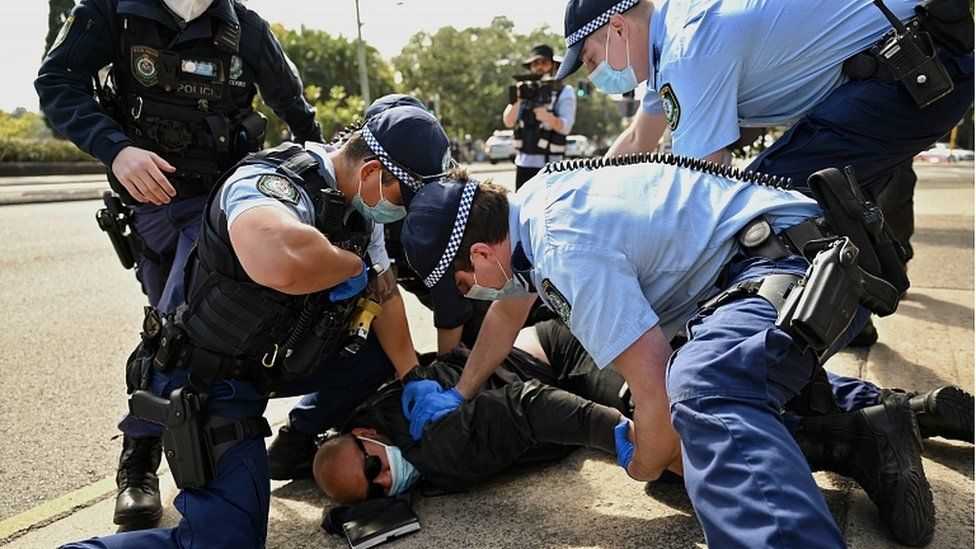


 English (US) ·
English (US) ·  French (CA) ·
French (CA) ·